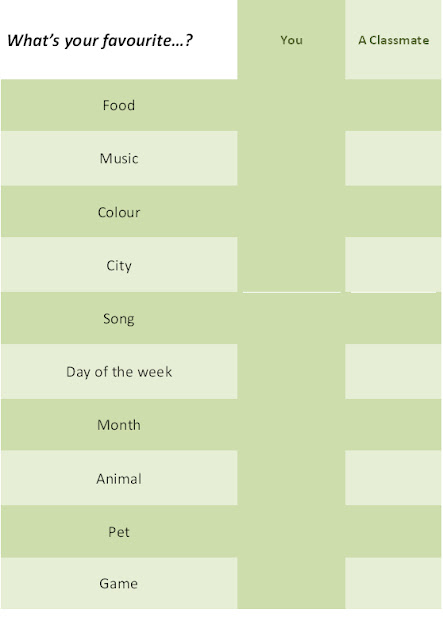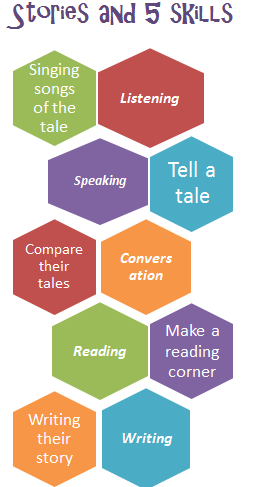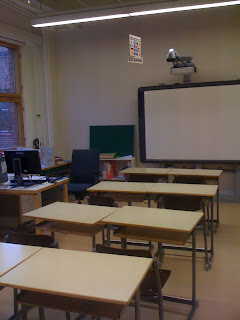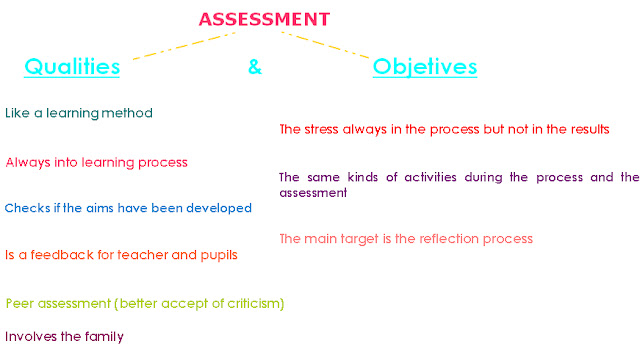“What have we got in common?” is a group dynamic for our FL
class. This activity consists on fill up the gaps and finds someone with the
same answers. The student must complete the column “YOU” with his/her own
answers. When the column is completed, all the students must stand up and
search another classmate who has the same as theirs. They will go around the
class asking the other pupils for the things they have in common, and taking
notes of the name of that person.
In one hand, we consider that it is a good way to help our students to meet each other and to feel more comfortable. With this activity pupils can find a lot of things in common with the others, so they will feel more confident and integrated in class. In a way, it is a good methodology to create a better atmosphere.
In other hand, this activity is very useful for practice the communicative skills. Our students must ask each other, give an answer and participate in a little conversation. We give their notions, and “find a similar person” is their function.
The best of “What have we got in common?” is the possibility to adapt it for every level, course and class. The questions could be more (or less) difficult and the vocabulary more (or less) specific. Also, we can choose a topic and make an activity only with questions about, for example: food, travel, family… And it is the same for the pupils’ different needs. We can simplify the structures, even we can include some pictures for make it easier to understand.
By the way, we have made this activity in some of our English lessons at school and we think it is a very motivating task. Find a similar person into the whole group makes our students feel that they are not alone and it is a good opportunity to develop the trust and the empathy between our pupils.
This activity could be integrated in every part of the curriculum, because with it we can promote every topic and develop all the skills (all of them are included in this task).
One of the
most relevant characteristic of it is the need of talk that the students have
when they are playing this game.
Now we are going to show some materials which we designed. We have tried to adapt this task depending of the level and the topic we want to work. Exists a lot of possible variations and all of them are completely right. It depends of the teacher’s approach and the aim which the teacher could achieve.










